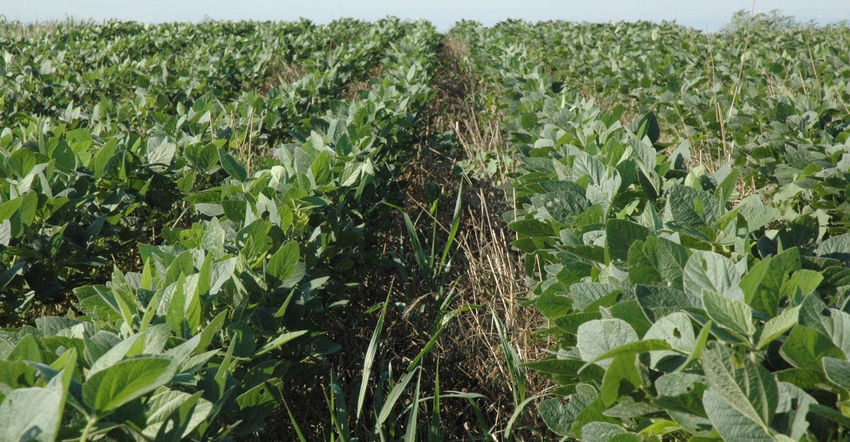April 7, 2021

A new program is looking for 5,000 acres in Missouri to test how to quantify carbon and water quality.
The Missouri carbon pilot program is a partnership among the Missouri Corn Merchandising Council, the Missouri Soybean Merchandising Council, MFA Inc. and Ecosystem Services Market Consortium. It offers the state’s corn and soybean farmers a low-risk opportunity to participate in a voluntary agricultural carbon and water quality market.
The ESMC program quantifies and certifies carbon and water quality credits resulting from the adoption of eligible conservation practices on enrolled acres. Once credits are quantified, verified and certified, ESMC makes the credits available for purchase to interested buyers.
“Missouri farmers have lots of questions about emerging agricultural carbon markets," says Darrick Steen, director of environmental programs for Missouri Corn and Missouri Soybean. "This pilot and partnership with ESMC will go a long way in answering those questions and helping farmers tap into the full economic benefits of the stored carbon that their hard work and soil investments are generating."
The carbon program
The goal of the pilot carbon project, Steen says, is to provide farmers a chance to not only better understand the voluntary agriculture carbon market space, but also learn how improved soil health and nutrient management practices provides direct economic and environmental benefits.
The Missouri program is one of more than 10 new projects across the country that ESMC is launching this year. It is the second to be offered to Missouri farmers. The Fertilizer Institute has a project launched in 2020 that covers Missouri, Illinois and Iowa.
The pilots will test ESMC’s processes for credit generation and sales and ensure all other program aspects are operational and meet grower (supplier) and buyer needs. After 2021, members will test and further refine its voluntary market program before a full-market launch in 2022.
Benefits to farmers
The idea of stacking multiple ecosystem credits, including increased soil carbon and reduced greenhouse gases — as well as water quality and water quantity — makes ESMC a unique and attractive option for farmers. ESMC also is exploring other marketable ecosystem service areas, such as biodiversity, which would quantify the wildlife and habitat value that conservation practices often provide.
Steen says that many, if not most, conservation practices adopted by Missouri farmers provide multiple ecosystem benefits to society and to the environment. “It will be exciting to see these new voluntary private market programs develop that recognize and compensate landowners for these benefits," he says.
Debbie Reed, ESMC executive director, says this public-private-partnership allows the group to work with members to co-invest, grow and test the ESMC program within the agricultural supply chain and value chain.
“Strong, progressive partners like these in the Missouri project are how we will ensure this program works first and foremost for agricultural producers,” she says. “Testing our full program and tools before we launch in 2022 is critical to scale a long-term viable market that meets buyer and seller needs equally.”
For more information about the Missouri pilot, visit mocarbonpilot.com.
This pilot project and partnership is made possible through support from Missouri soybean and corn farmers’ checkoff investments, as well as contributions from MFA Inc.
Source: ESMC, which is solely responsible for the information provided and is wholly owned by the source. Informa Business Media and all its subsidiaries are not responsible for any of the content contained in this information asset.
Read more about:
CarbonYou May Also Like




